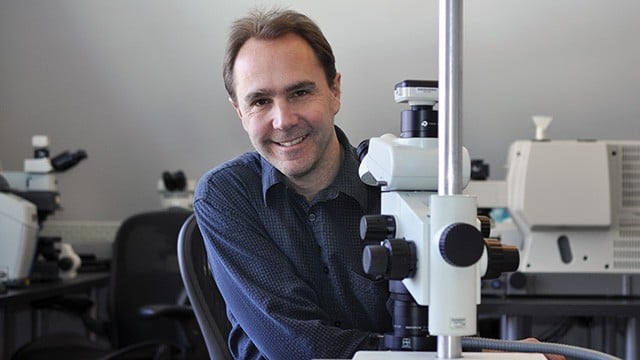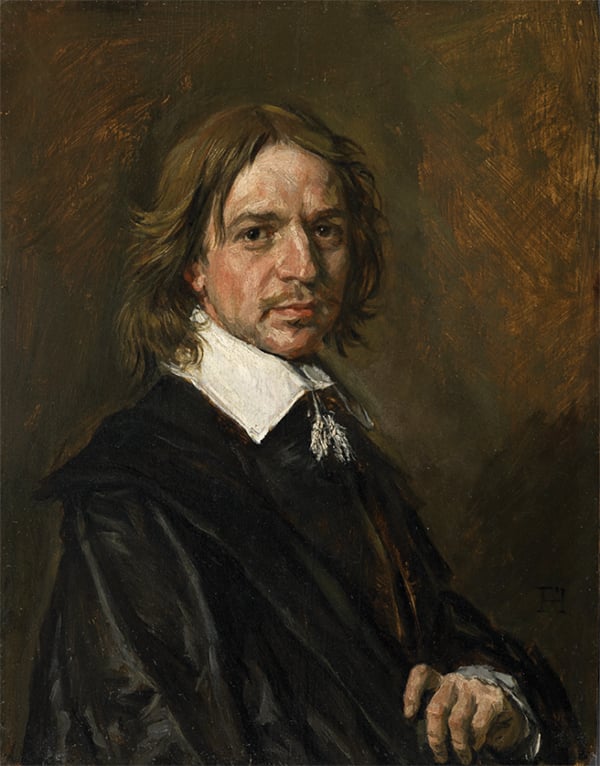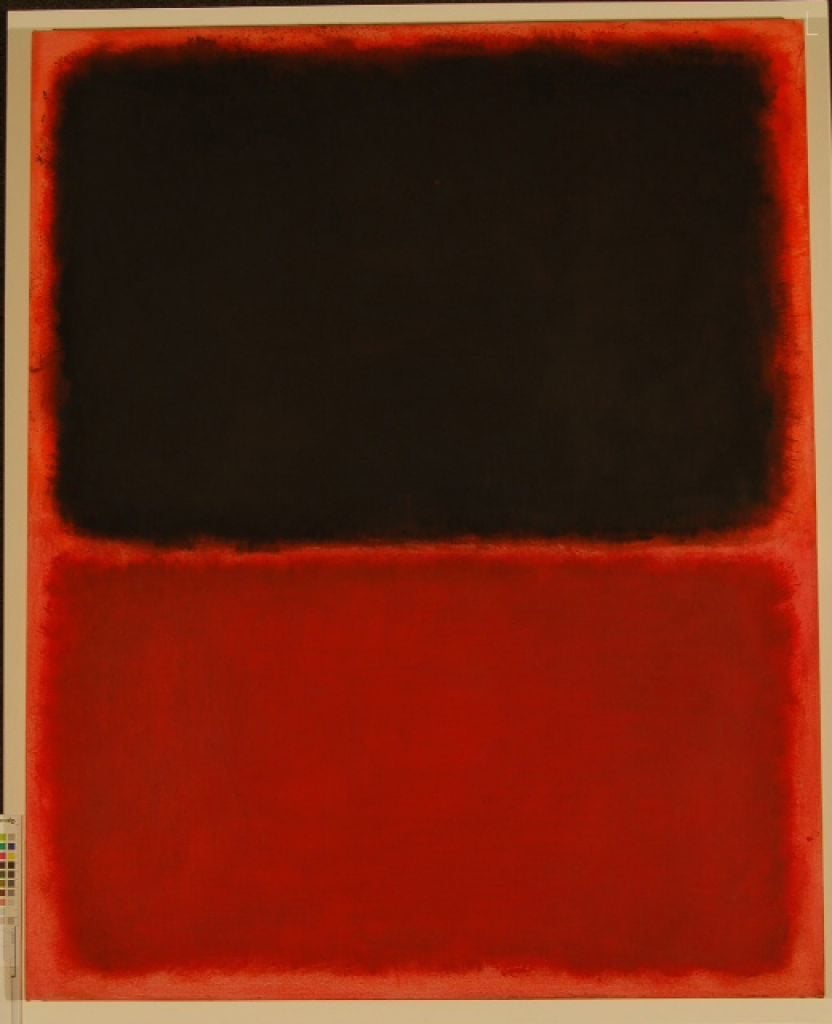Market
Expert Forgery-Spotter James Martin to Head Sotheby’s Scientific Research Department
Sotheby's has purchased Orion Analytical.

Sotheby's has purchased Orion Analytical.

Sarah Cascone

Amid an ongoing Old Master forgery scandal, Sotheby’s auction house is making an effort to prevent the sale of fakes with the establishment of a scientific research department, by way of the acquisition of Orion Analytical. The firm’s founder, scientist and art conservator James Martin, joins Sotheby’s this week as part of the deal.
Martin’s Williamstown, Massachusetts-based firm recently identified a so-called Frans Hals sold by the auction house as a modern fake, and Sotheby’s refunded the buyer in full. Orion was also instrumental in definitively discrediting the $60 million in Abstract Expressionist canvases sold by New York’s now-defunct Knoedler Gallery. Only one claim against Knoedler has come to trial to date, with Martin’s damning testimony among the most riveting of the case, which was settled before gallery president Ann Freedman could take the stand.
The case brought to light the exact findings of Martin’s technical analysis of 16 fake paintings sold by Knoedler. The red flags included historically inaccurate materials, suspicious signatures (including a Jackson Pollock spelled “Pollok,” and signs of deliberate aging. On the stand, Martin likened these anomalies to finding “Jeter in a Red Sox uniform, or JFK holding an iPhone.”
Orion employs a range of scientific tests in its work, including technical imaging, magnified visual inspection, elemental analysis, and molecular analysis.

Frans Hals, Portrait of a Man, one of a series of Old Master works sold by a French dealer that authorities now believe may be forgeries. Scientific analysis by James Martin found the canvas to be a modern fake.
Martin’s findings contradicted experts, who vouched for the fake Hals and other related works now under suspicion. The Old Master forgery ring has thrown into question the art world’s reliance on connoisseurship, in which experts confirm or reject attributions based on their eye and research alone; Sotheby’s creation of a scientific research department seems like a direct response to such concerns.
The paintings in the Knoedler forgery ring are just some of the many high-profile fakes that Martin has helped uncover, having worked on art fraud investigations for the FBI for two decades. Orion was founded in the year 2000, and has worked to authenticate art and cultural artifacts spanning over 4,000 years, from vintage wines to ancient artifacts and everything in between. The company has conducted over 1,800 scientific investigations on behalf of galleries, museums, insurance companies, and private collectors around the world.
“There is a book to be written about the interesting cases I have worked on, from a paranoid collector, who, I discovered through Google, was a murder suspect—to the forger who kept dozens of cats, but didn’t think to keep the cats’ hair out of his forgeries—to the art dealer who sold fake Pollocks and de Koonings when he wasn’t driving his personal submarine around New York harbor,” Martin told Sotheby’s.

A painting sold by Knoedler as a 1956 Mark Rothko that turned out to be fake. James Martin’s scientific analysis was instrumental in the identification of the forgery ring.
“Sotheby’s has had the pleasure of working with Jamie for the better part of the past two decades, and over time it became increasingly clear that rather than work on a one-off basis we could create something unique within Sotheby’s that would further distinguish us in the marketplace and at the same time help to make the art market a safer place,” said Sotheby’s CEO Tad Smith in a statement.
In his new post, Martin will continue to offer his expertise to museums and conservators, dedicating roughly 20 percent of his time to teaching and other institution collaborations.